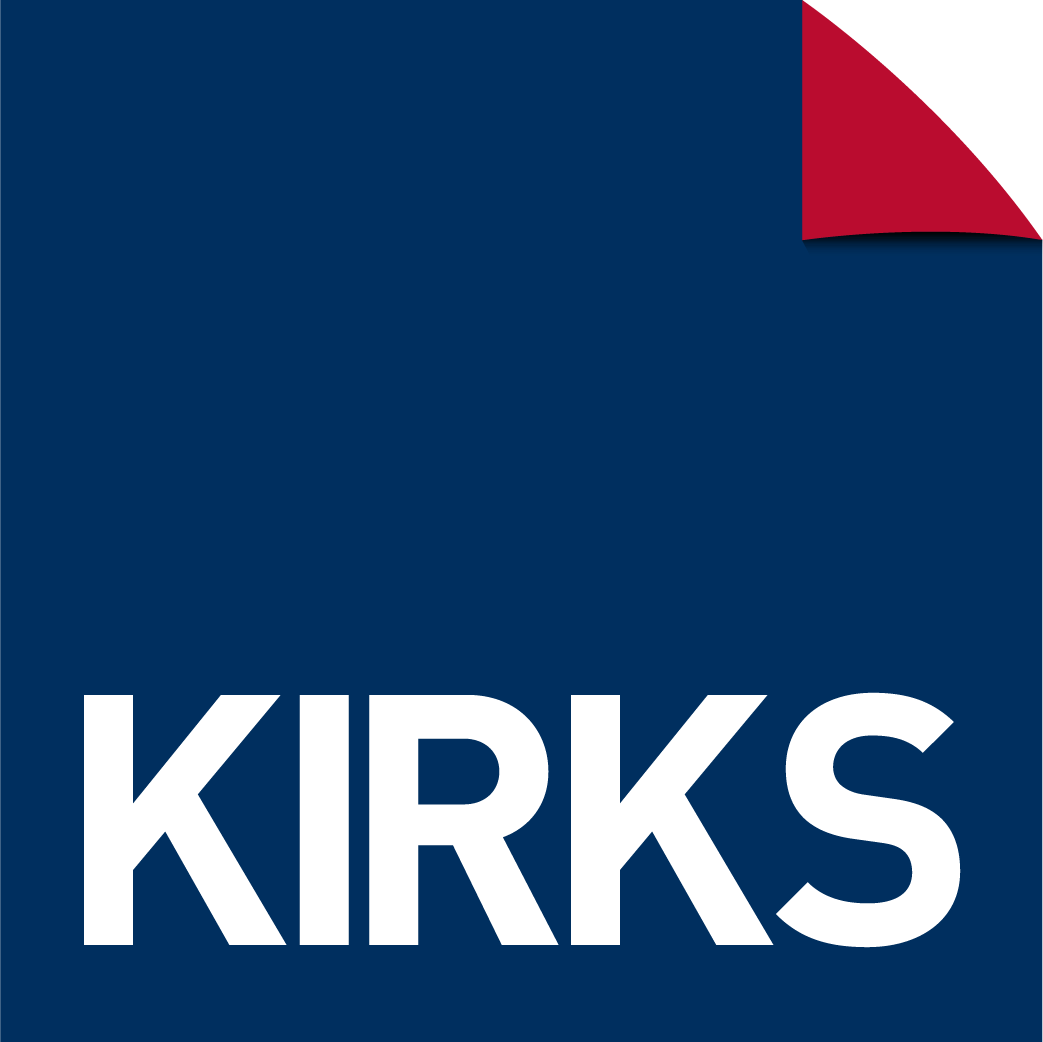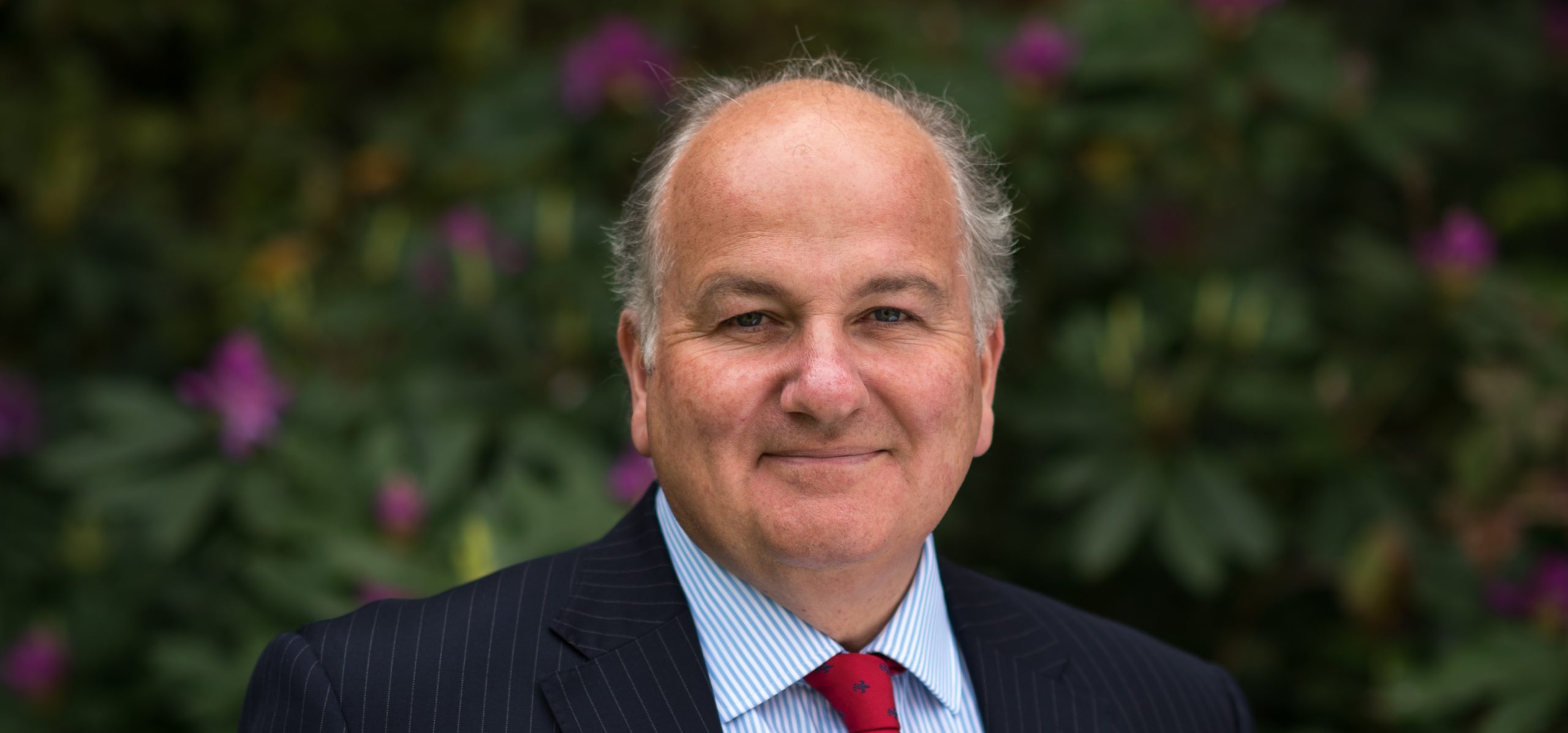Part 1
The first part is the pre-appointment. For a liquidation this means us writing to shareholders and creditors calling a deemed consent meeting. We also help the directors prepare a report to creditors showing the business history and the current state of its finances.
We usually charge this pre-appointment work on a fixed fee. For example, in a simple case, this would be £3,000 plus vat.
Part 2
We then charge a separate fee for the work done post-appointment. This is usually based on the time we spend so we charge an hourly rate. It just depends on how complex the case is. They type of work we do is listed below.
We usually send creditors a fee forecast for them to vote on to approve our fees after we have been appointed. This forecast acts as a fee cap – we can not charge above it without creditors further permission.
If creditors do not agree with our fees, then we usually talk to the main key creditors and produce a new fee forecast. In some cases, where creditors have lost interest and do not respond we apply to Court for fee approval.
Expenses
There are expenses in dealing with an insolvency case as well and typically these are:
- Statutory advertising in the London Gazette.
- An insurance bond – we have to pay for one on every case.
- Legal fees perhaps to recover a debt.
- Agents fee to remove and sell assets.
- Storage fees to keep the company records.
Why in some cases do the fees escalate?
The purpose of formal insolvency like liquidation is to sell the assets to pay back creditors what they are owed. In most cases it is unlikely creditors will get all their money back. In many cases, they will get back nothing at all.
An insolvency firm like ours will administer and deal with the insolvency and this incurs costs. It is not just selling assets that takes time but the following as well:
- Establishing what the business owned that can be sold.
- Safeguarding, removing and insuring assets.
- Recovering debts many of which may be disputed.
- Dealing with various classes of creditors who have different rights.
- Helping employees make the arrears of their wages claims.
- Closing down and clearing the former trading premises.
- Investigating what happened and reporting to the Insolvency Service.
- Looking at possible misfeasance claims or undervalue and preference transactions.
- Reporting to creditors.
- Dealing with HM Revenue and Customs and any final Vat and PAYE returns.
- Keeping track and reconciling the funds.
- Making a payout to the different classes of creditors.
All of the above will depend on the size and complexity of the case we are dealing with.



